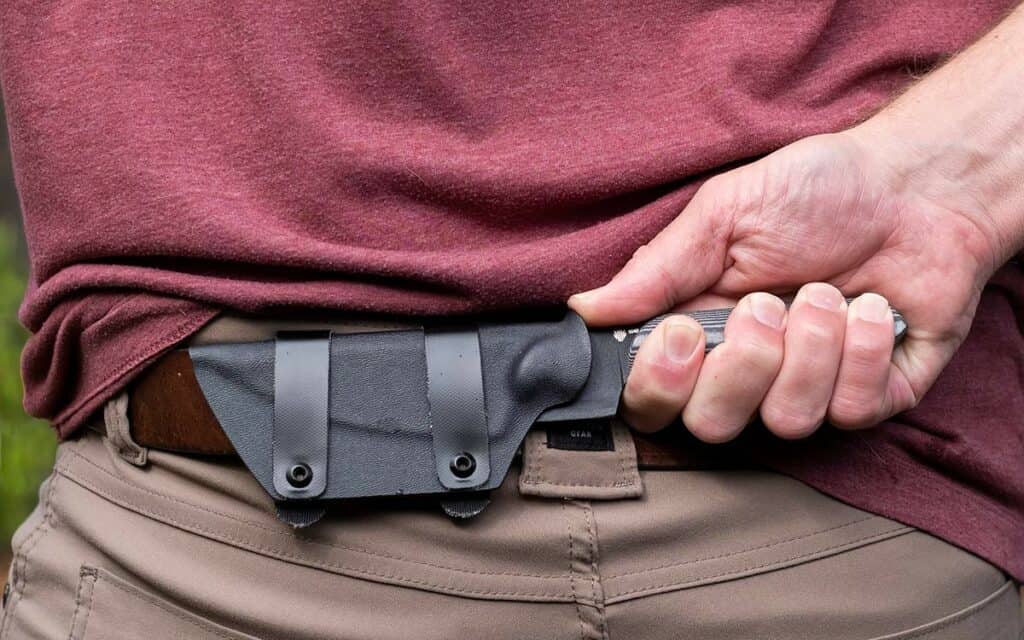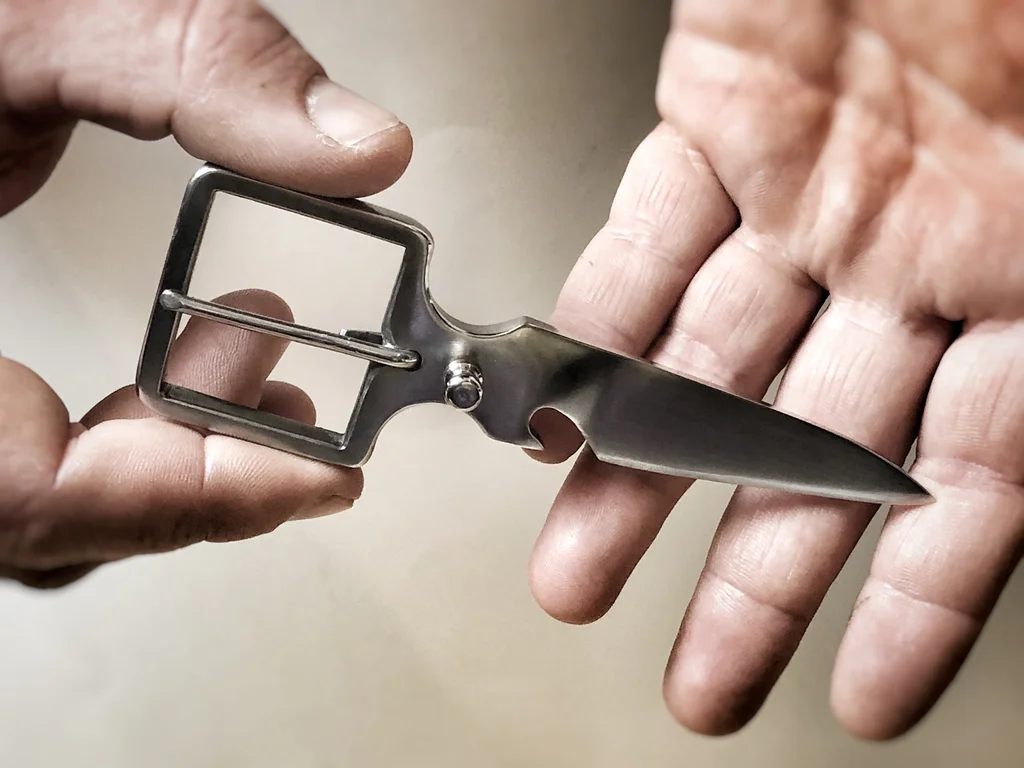Last updated on April 24th, 2024 at 02:39 am
Tools are crucial for outdoor activities. Outdoor enthusiasts like belt knives. Belt knives—what are they? This comprehensive tutorial will cover belt knives, their functions, and why adventurers and survivalists need them.
What is a Belt Knife?
Belt knives are designed for belt carry. The blade is fastened to the handle and does not fold. This design makes the knife strong and durable for chopping, slicing, and piercing.
The Benefits of a Belt Knife

Belt knives outperform other knives. Key benefits:
Convenience: Belt knives are always handy because they’re worn on the belt. Survival and emergency situations necessitate immediate action, therefore this accessibility is vital.
Durability: Belt knives with fixed blades can handle tough jobs. Stainless steel ensures durability and corrosion resistance.
Versatility: Belt knives are useful for camping, hunting, fishing, bushcraft, and everyday carry. They can cut ropes, prepare meals, create shelters, and more because to their sturdy design and keen blades.
Safety: Belt knives are normally sheathed or holstered. This keeps the knife handy and prevents accidents.
Choosing the Right Belt Knife

Choosing a belt knife involves several aspects. Detailing these factors:
Blade Length
Belt knife blade length and material are important. Blade length determines knife size and usability. Shorter blades are preferable for carving and longer blades for cutting wood.
Stainless steel is famous due to its toughness and corrosion resistance. High carbon steel is sharp and easy to sharpen, but it rusts if not maintained.
Ergonomic Handles
Belt knife comfort and usability depend on the handle. Look for ergonomic handles with finger grooves or textured surfaces. This lets you grip the knife even in damp or slippery situations.
Holding Device
Belt knives need sheaths or holsters. It keeps the knife safe on your belt. Leather or Kydex sheaths are durable and retain well.
Budget
Finally, examine your belt knife budget. Quality and affordability must be balanced because there are many possibilities. A high-quality belt knife will last for years.
Belt Knife FAQs
Belt knives—legal?
Belt knives are permitted in some jurisdictions. Before carrying a belt knife, learn your local knife carry laws. Avoid legal issues by following local laws.
Belt knives for self-defense?
Belt knives can be used for self-defense, although local laws differ. Knife self-defense takes training and legal knowledge. Always emphasize safety and avoid confrontations.
Alternatives to belt knives?
Depending on your demands, belt knives have choices. Neck, folding, and multi-tool knives are alternatives. Before choosing, weigh your needs and preferences.
Is my belt knife sharpenable at home?
Sharpening stones, honing rods, and knife sharpening systems can sharpen your belt knife at home. Online resources offer step-by-step directions for sharpening various blades.
Conclusion
Survivalists and outdoor enthusiasts need a belt knife. Its convenience, durability, and versatility make it useful in many situations.
Understanding the essential aspects to consider when purchasing a belt knife and following correct care and maintenance will ensure that your belt knife lasts for years.
Always follow local belt knife safety rules. A belt knife can help you overcome obstacles and complete tasks in an emergency or when camping.
